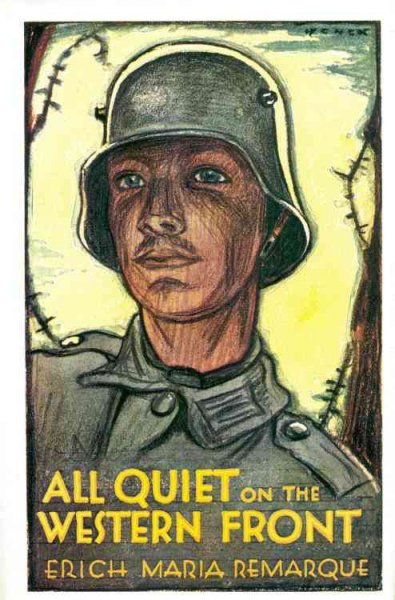“One day the great European War will come out
of some damned foolish thing in the Balkans.”
– Otto von Bismarck
In 1914 the world looked much different than it does today. Austria-Hungary covered most of central Europe. In fact, it covered land that now makes up 13 countries. But all was not peaceful.
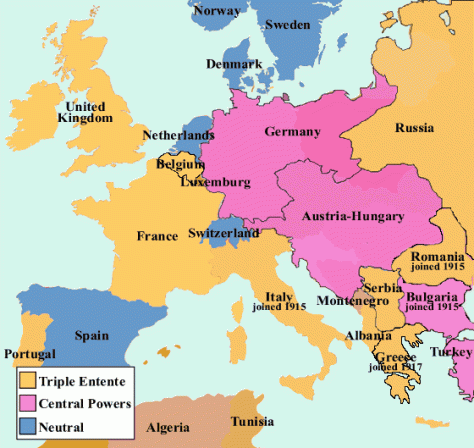 In fact, the Bosnian Serbs in particular were restive under the rule of the Hapsbugs, rulers of Austria-Hungary. Many of them wanted to form a greater Serbia by uniting with their brothers across the Drina River in Serbia proper. On June 28 the Archduke Franz Ferdinand and his wife were visiting Sarajevo. A group called the Black Hand had determined to kill them. Several attempts failed but a young man named Gavrilo Princep rushed the car they were riding in and shot them both at close range. This event provided the spark that started the war but there were many factors at play: the desire for empire and wealth, a series of treaties and alliances that assured that when one power went to war its allies would follow, miscalculations by rulers and generals.
In fact, the Bosnian Serbs in particular were restive under the rule of the Hapsbugs, rulers of Austria-Hungary. Many of them wanted to form a greater Serbia by uniting with their brothers across the Drina River in Serbia proper. On June 28 the Archduke Franz Ferdinand and his wife were visiting Sarajevo. A group called the Black Hand had determined to kill them. Several attempts failed but a young man named Gavrilo Princep rushed the car they were riding in and shot them both at close range. This event provided the spark that started the war but there were many factors at play: the desire for empire and wealth, a series of treaties and alliances that assured that when one power went to war its allies would follow, miscalculations by rulers and generals.
On July 28 Austria Hungary declared war on Serbia. Russia responded by mobilizing the following day. Germany declared war on Russia on August 3. When Germany marched through Belgium on its way to France, Great Britain declared war on Germany.
World War I consumed all the great powers of Europe and extended into Asia and Africa. The warring nations Austria and Germany (known as the Central Powers) were aligned against the Allies made up of Serbia, Russia, France, Belgium and Great Britain. Eventually, the Ottoman Empire and Bulgaria joined the Central Powers and Italy, Romania, Greece and the United States (the U.S. declared war on Germany on April 6, 1917) joined the Allies.
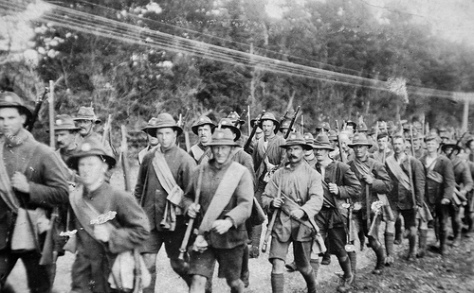 More than 65 million men were mobilized. The war saw the use of new technology such as airplanes, tanks, fast firing artillery and submarines. But perhaps the lasting image is of trench warfare and the feared chlorine gas (first used by the Germans at the battle of Ypres on April 22, 1915).
More than 65 million men were mobilized. The war saw the use of new technology such as airplanes, tanks, fast firing artillery and submarines. But perhaps the lasting image is of trench warfare and the feared chlorine gas (first used by the Germans at the battle of Ypres on April 22, 1915).
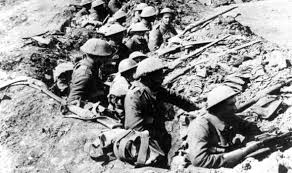 It is estimated that up to 10 million men lost their lives on the battlefield and another 20 million were wounded. It also was the death of the Hapsburg and Ottoman empires. The war was the catalyst for the Russian Revolution.
It is estimated that up to 10 million men lost their lives on the battlefield and another 20 million were wounded. It also was the death of the Hapsburg and Ottoman empires. The war was the catalyst for the Russian Revolution.
There are many interesting books about the war and the peace that followed. Many of these can be found at the “World War I” display table on the first floor of the library during the month of July.
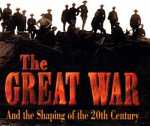 Online there are informative sources of information. Try the PBS site featuring maps, commentary by historians and audio recordings by combatants and noncombatants. A companion book to this PBS special is available in our oversize collection, The Great War and the Shaping of the 20th Century, written by Jay Winter and Blaine Baggett.
Online there are informative sources of information. Try the PBS site featuring maps, commentary by historians and audio recordings by combatants and noncombatants. A companion book to this PBS special is available in our oversize collection, The Great War and the Shaping of the 20th Century, written by Jay Winter and Blaine Baggett.
 And the BBC does a fine job of covering the background, history and results of the war. Their interactive map of the Western Front is especially interesting. For a study of the American involvement see the Doughboy Center which is part of the Internet History of the Great War: Trenches on the Web.
And the BBC does a fine job of covering the background, history and results of the war. Their interactive map of the Western Front is especially interesting. For a study of the American involvement see the Doughboy Center which is part of the Internet History of the Great War: Trenches on the Web.
 Please join Syosset librarians on July 8 for a discussion of the classic novel about the war, All Quiet on the Western Front by Erich Maria Remarque.
Please join Syosset librarians on July 8 for a discussion of the classic novel about the war, All Quiet on the Western Front by Erich Maria Remarque.
– posted by Brenda, Reference Services
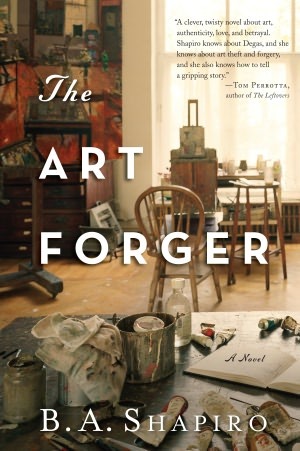
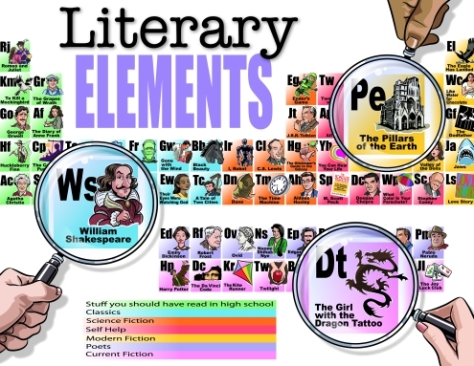 Our Adult Summer Reading Club celebrated this year’s reading with a Wrap-up Party last night. Author
Our Adult Summer Reading Club celebrated this year’s reading with a Wrap-up Party last night. Author 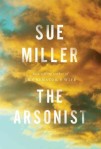
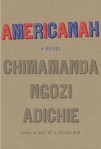


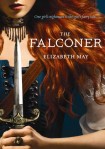


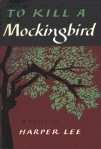






 In fact, the Bosnian Serbs in particular were restive under the rule of the Hapsbugs, rulers of Austria-Hungary. Many of them wanted to form a greater Serbia by uniting with their brothers across the Drina River in Serbia proper. On June 28 the Archduke Franz Ferdinand and his wife were visiting Sarajevo. A group called the Black Hand had determined to kill them. Several attempts failed but a young man named Gavrilo Princep rushed the car they were riding in and shot them both at close range. This event provided the spark that started the war but there were many factors at play: the desire for empire and wealth, a series of treaties and alliances that assured that when one power went to war its allies would follow, miscalculations by rulers and generals.
In fact, the Bosnian Serbs in particular were restive under the rule of the Hapsbugs, rulers of Austria-Hungary. Many of them wanted to form a greater Serbia by uniting with their brothers across the Drina River in Serbia proper. On June 28 the Archduke Franz Ferdinand and his wife were visiting Sarajevo. A group called the Black Hand had determined to kill them. Several attempts failed but a young man named Gavrilo Princep rushed the car they were riding in and shot them both at close range. This event provided the spark that started the war but there were many factors at play: the desire for empire and wealth, a series of treaties and alliances that assured that when one power went to war its allies would follow, miscalculations by rulers and generals. More than 65 million men were mobilized. The war saw the use of new technology such as airplanes, tanks, fast firing artillery and submarines. But perhaps the lasting image is of trench warfare and the feared chlorine gas (first used by the Germans at the battle of Ypres on April 22, 1915).
More than 65 million men were mobilized. The war saw the use of new technology such as airplanes, tanks, fast firing artillery and submarines. But perhaps the lasting image is of trench warfare and the feared chlorine gas (first used by the Germans at the battle of Ypres on April 22, 1915). It is estimated that up to 10 million men lost their lives on the battlefield and another 20 million were wounded. It also was the death of the Hapsburg and Ottoman empires. The war was the catalyst for the Russian Revolution.
It is estimated that up to 10 million men lost their lives on the battlefield and another 20 million were wounded. It also was the death of the Hapsburg and Ottoman empires. The war was the catalyst for the Russian Revolution.


